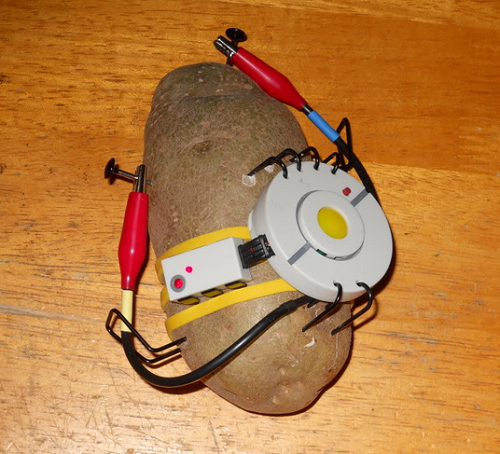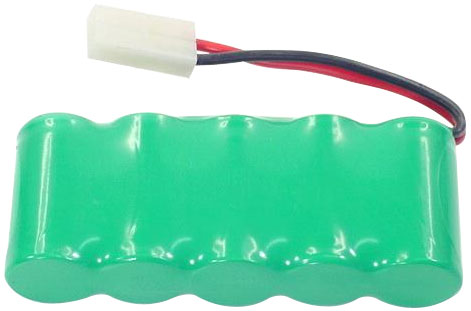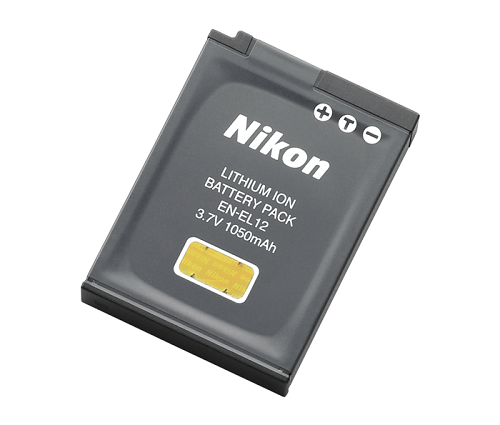As portable electronics advance, their power consumption inevitably increases, resulting in a greater demand for rechargeable batteries. These batteries are both more cost-effective than alkaline batteries and environmentally friendlier.
Three of the most common rechargeable batteries include: Nickel-cadmium (NiCd), nickel-metal-hydride (NiMH), and lithium-ion (Li-Ion, Li+). Understanding their characteristics is the key in maximizing their performance, thereby producing the greatest benefit.

Nickel-cadmium
Nickel-cadmium were popularized in the 1980’s, with the proliferation of portable devices such as Walkman, remote controls, and electric shavers. They are useful in applications that require high levels of power for short periods of time, as they provide the highest level of discharge current.
NiCd batteries used nickel oxide hydroxide and metallic cadmium as electrodes and suffers from a memory effect if not fully charged. Any active material that is unused crystallizes, removing itself from the chemical action, and decreasing the battery’s total charge. While cheaper than nickel-metal hydride (NiMH) batteries, NiCd cells have been superseded by the NiMH after the European Regulation 2000/53/EG banned their used back in 2005 due to the toxic nature of cadmium.
Nickel-metal hydride
Nickel-metal hydride (NiMH) cells are more expensive than NiCd, but are also more environmentally friendly than the cadmium. Instead of using cadmium as the negative electrode, NiMH batteries use a hydrogen-absorbing alloy resulting in a lower discharge current, but are also at risk to the memory effect apparent in NiCd batteries, albeit a weaker version. Battery chargers capable of fully discharging the battery before recharging it are the best solution to this problem.

Li-Ion
Li-Ion batteries have higher energy densities than either of the prior examples, delivering a greater performance for their size, but at a higher cost than NiMH cells. As a result, Li-Ion batteries are preferable in small and portable appliances such as mobile phones and tablets. Nevertheless, increasing economies of scale will result in price in the near future.

Modern portable electronics such as cameras, phones, tablets, and handheld game consoles all use Li-Ion batteries
Unlike NiMH batteries, the Li-ion variant can be charged and discharged much more rapidly. However, contrary to popular belief, Li-ion batteries also suffer from the “memory effect” as was recently discovered. The primary disadvantage of Li-ion cells is their decreased durability in extreme temperatures.
Battery care for maximum performance
1. All rechargeable batteries are discharged when purchased, and must be fully charged and discharged for three or four cycles to establish maximum capacity and prevent any “memory effect.”
2. Do not keep the battery charger plugged into an outlet if not used.
3. Remove batteries from the charger itself if not in use for a month or longer.
4. Always fully charge and discharge the battery to prevent the “memory effect”.
5. Regularly cleaning batteries helps to remove dust and other debris from blocking the contact points. Mobile phone batteries are infamous for accumulating vast amounts of dirt.
6. Do not leave the battery unused for longer than two to three weeks as NiCad, NiMH, and Li-Ion batteries all self-discharge if unused. If this occurs, it will need to be fully discharged and recharged three or four times as described in step one.
Via Maxim Integrated
Advertisement
Learn more about Maxim Integrated





